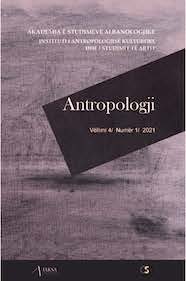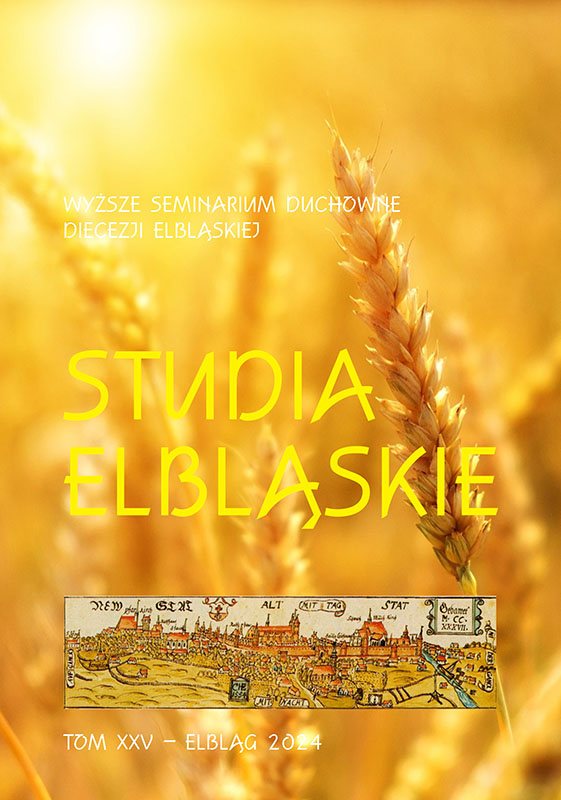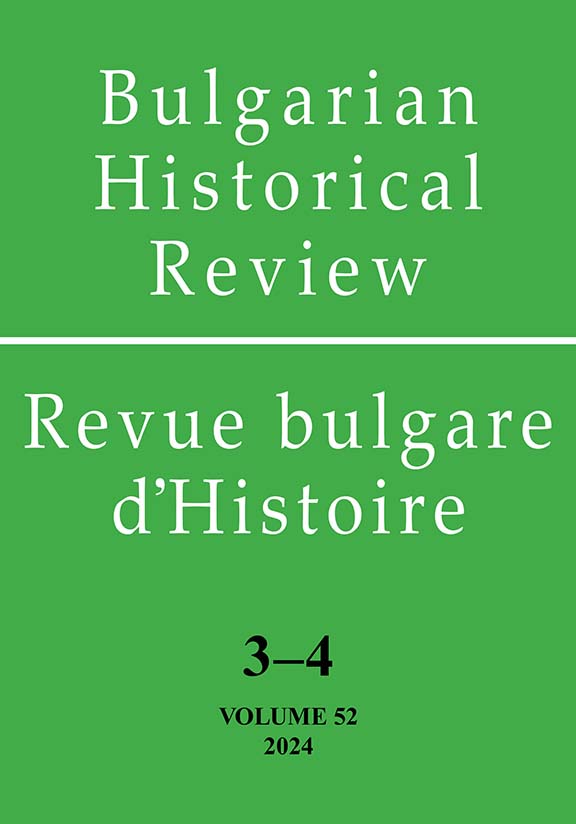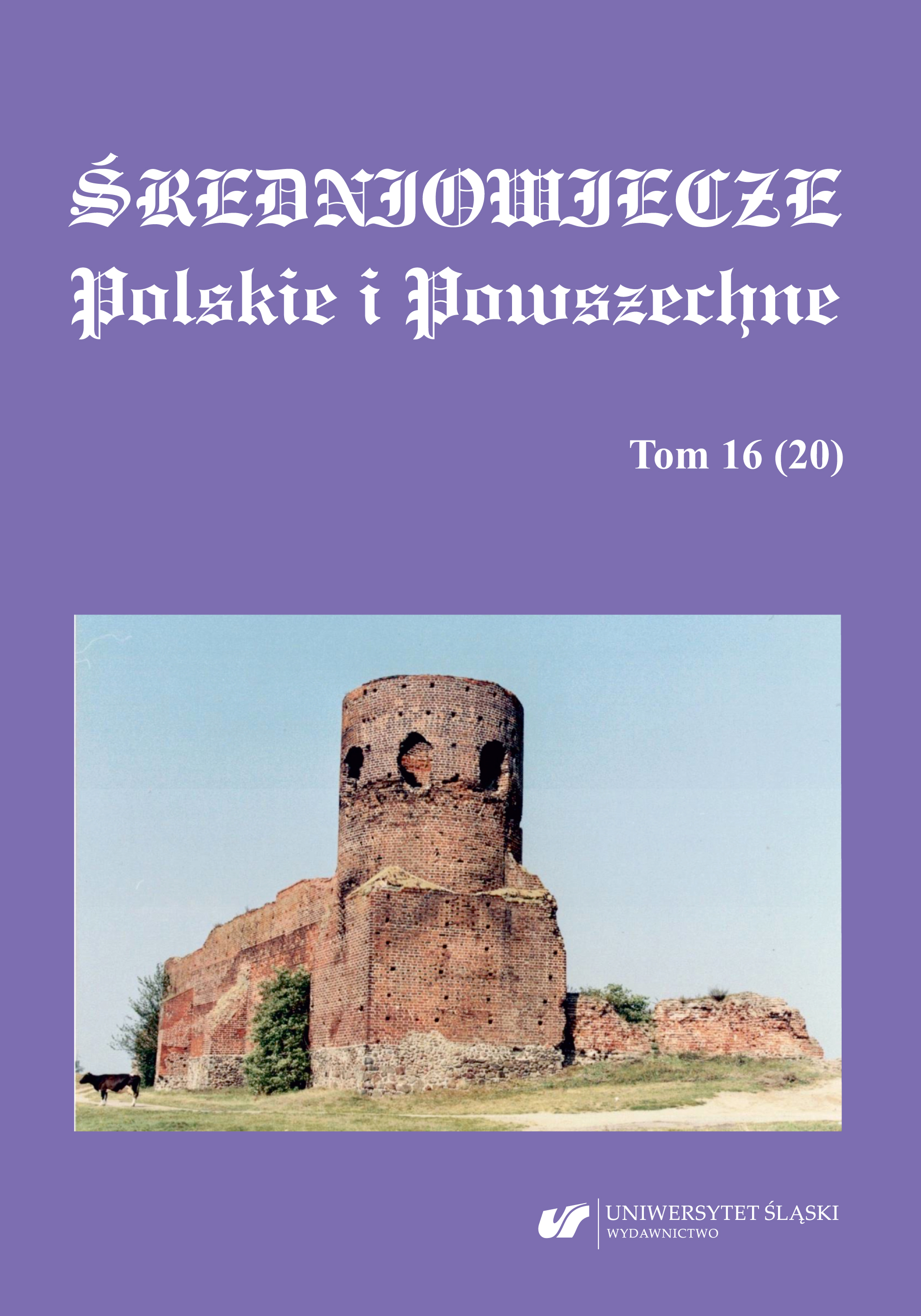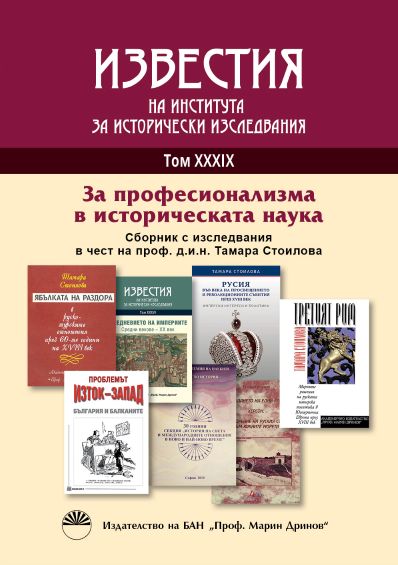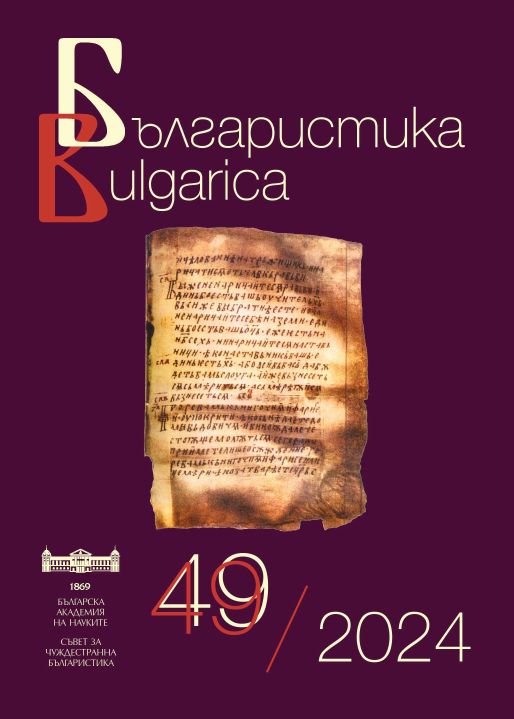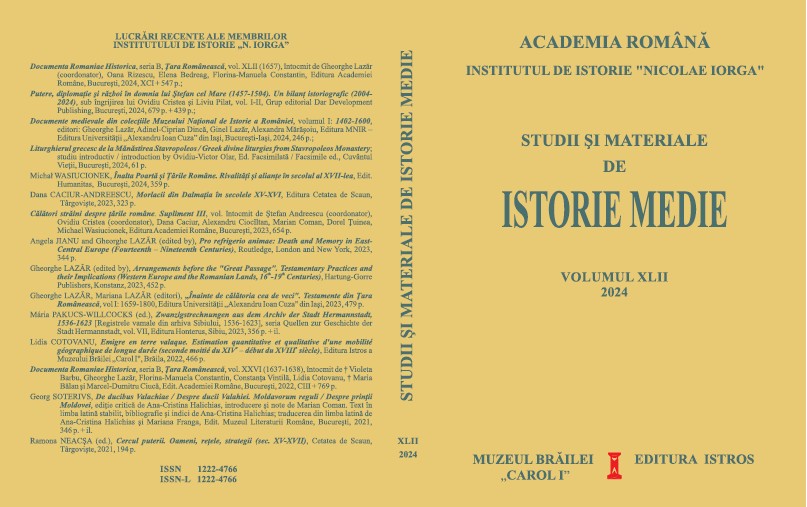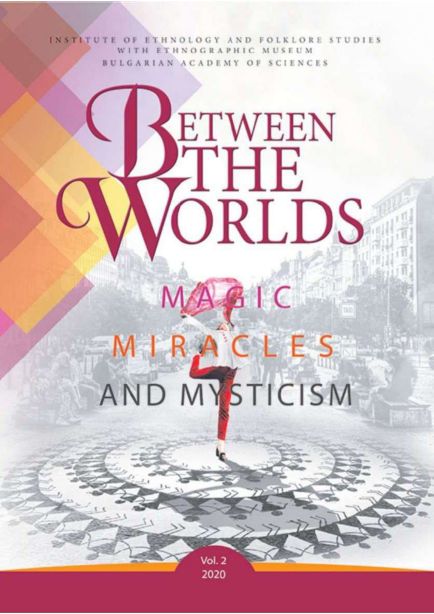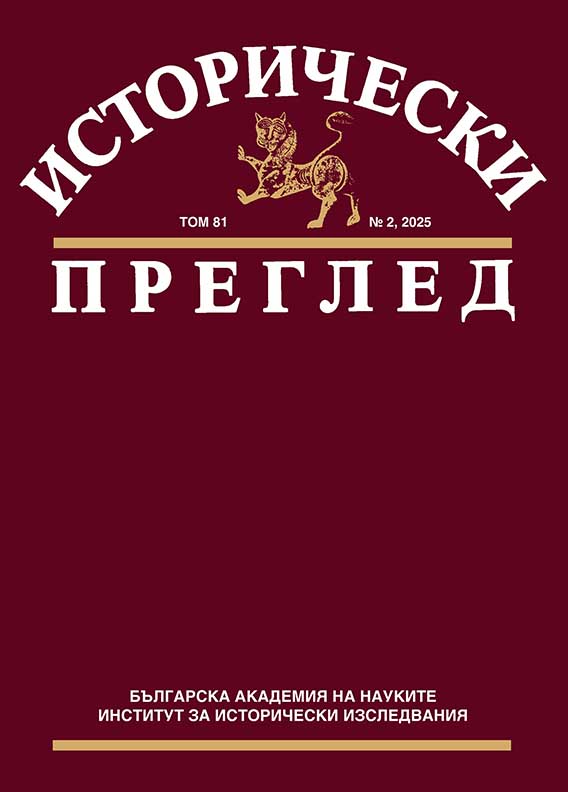Intensification of the cultural Activity of the Lusatian Sorbs in 1820 – 1840
The paper is devoted to the research of the phenomenon of the Lusatian Sorbs cultural revival. The intensification process of cultural and national movement of the Lusatian Sorbs, that took place under the influence of the Age of Enlightenment at the turn of the 18th –19th centuries, has been considered. Changes that took place in the political and social life of the German states, led to the formation of a new layer – ethnic intelligentsia, who became a leader of the Sorbian revival. Despite the general laws, the Sorbian revival turned to be different from the similar processes of other Slavic peoples. For the Sorbs the main issue of the ethnic revival programme was not politicizing their movement, but preserving their own culture and its renaissance. Consequently, it is argued that the Lusatian ethnic community could not have transformed into a nation because of various objective reasons. However, as the Sorbs developed within the mainstream of the formation of European nations, in particular German, their cultural and ethnic revival was a part of the establishment of new European nations.
More...

